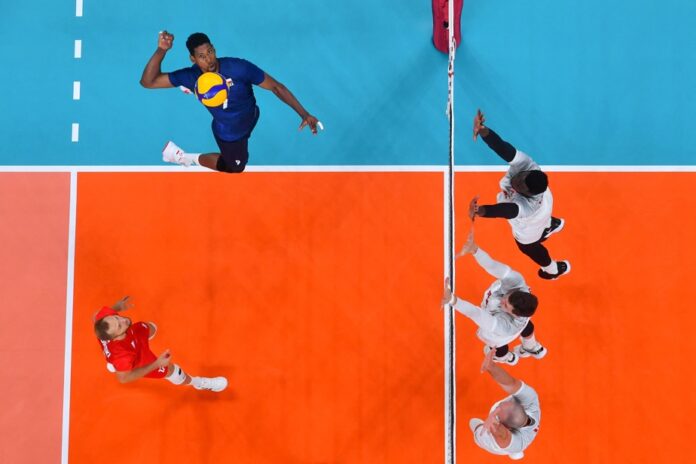Yes, it is possible, mainly in Europe. Some big stars are even millionaires there! A league exists in the United States, the National Volleyball Association (NVA). However, it is a minor professional circuit compared to the other giants of the continent and the salaries are, consequently, modest.
After examining the Hockey Reference site, it seems that the number 0 was worn only by Neil Sheehy of the Hartford Whalers in 1988. Its variation, 00, was chosen twice, notably by Quebec goalie Martin Biron, with the Buffalo Sabres, in 1995-1996. There is also the 99 (three occurrences) and the 66 (six), associated with iconic players – the 99 is also retired everywhere in the league. And finally there is the 69 which has only been used four times. However, I will leave you to figure out why it is not more popular.
The time added after 90 minutes is chosen arbitrarily by the officials. Theoretically, it is the head referee on the field who decides when to whistle the end of the half or the match. He gets directions from his assistants as to how much time he should add. In full transparency, the author of this response has never timed the stoppages of play in a match to compare them to the minutes added by the officials at the end of the match. We can nevertheless suspect that our clock would generally show more time to restart than what is determined by the referees. Let’s take the last FIFA World Cup as an example: in Qatar, at the start of the tournament, the officials had the directive to take back all the minutes lost during the half at the end of it, in particular to prevent the players from waste too much time celebrating or making substitutions. This sometimes resulted in eight or nine minutes of added time, whereas it usually tends to be around three or four minutes. As the tournament progressed, we gradually returned to normal. Why not do like other sports and simply stop the clock during stoppages in play? Soccer wants to keep its fluidity of play, its organic character, which it would lose with constant stoppages in play.
The poetic answer would be to tell you that the players go to the fans first because it is for them that they play, it is with them that they want to celebrate their exploits. They are also physically closer, whereas in a sport like hockey, a bay window separates them. We also kindly point out that hockey scorers often launch themselves into the bay window first, in front of the fans, before receiving their colleagues in their arms a few seconds later. That said, in soccer, this is not “systematically” the case, as you say. Generally, teammates are not far behind, or in front, or to their sides. It depends on the context and where the goal was scored. The less poetic answer? The cameras are on the sidelines.
Whether or not a player is subject to waivers is dictated by the age at which he signs his first NHL contract as well as the number of seasons or games he has played. This number differs depending on whether a player is a skater (attacker, defenseman) or a goalie. The later a player signs his first contract, the lower his match threshold will be. Once a player is placed on waivers, all teams can claim him. If more than one comes forward, priority will go to the one located lowest in the general NHL rankings.





